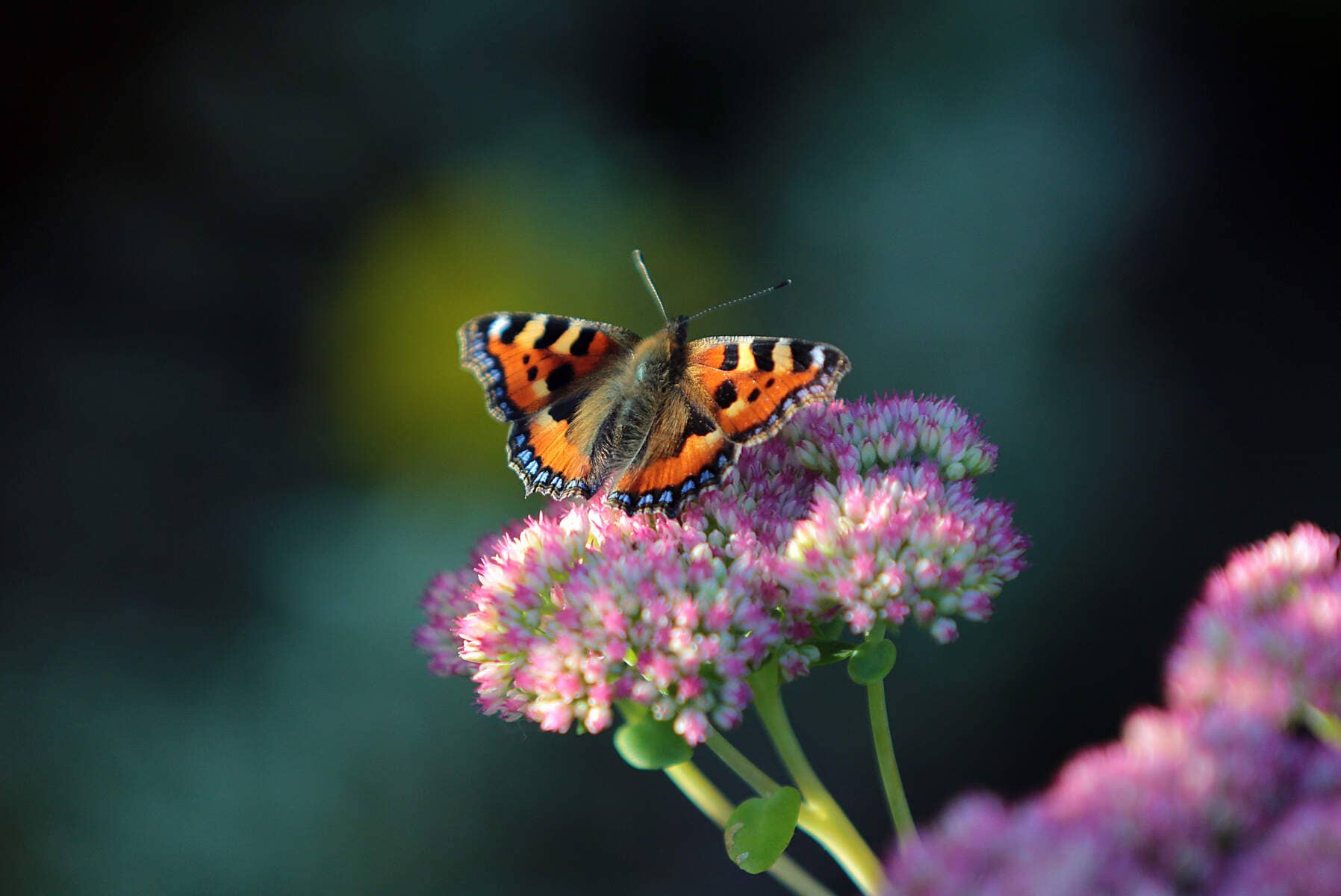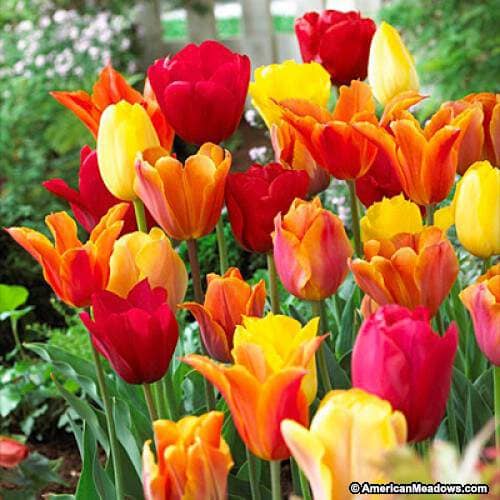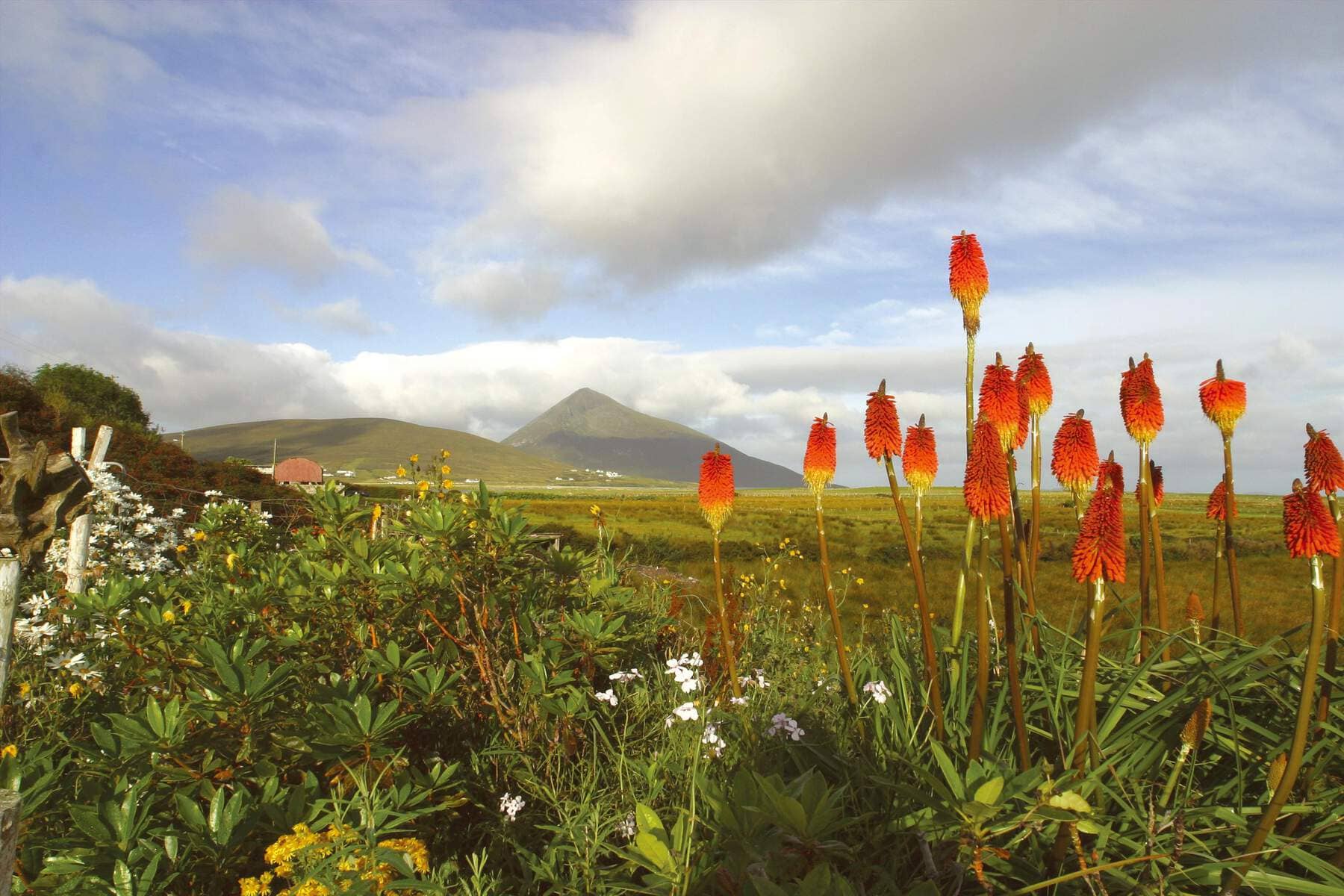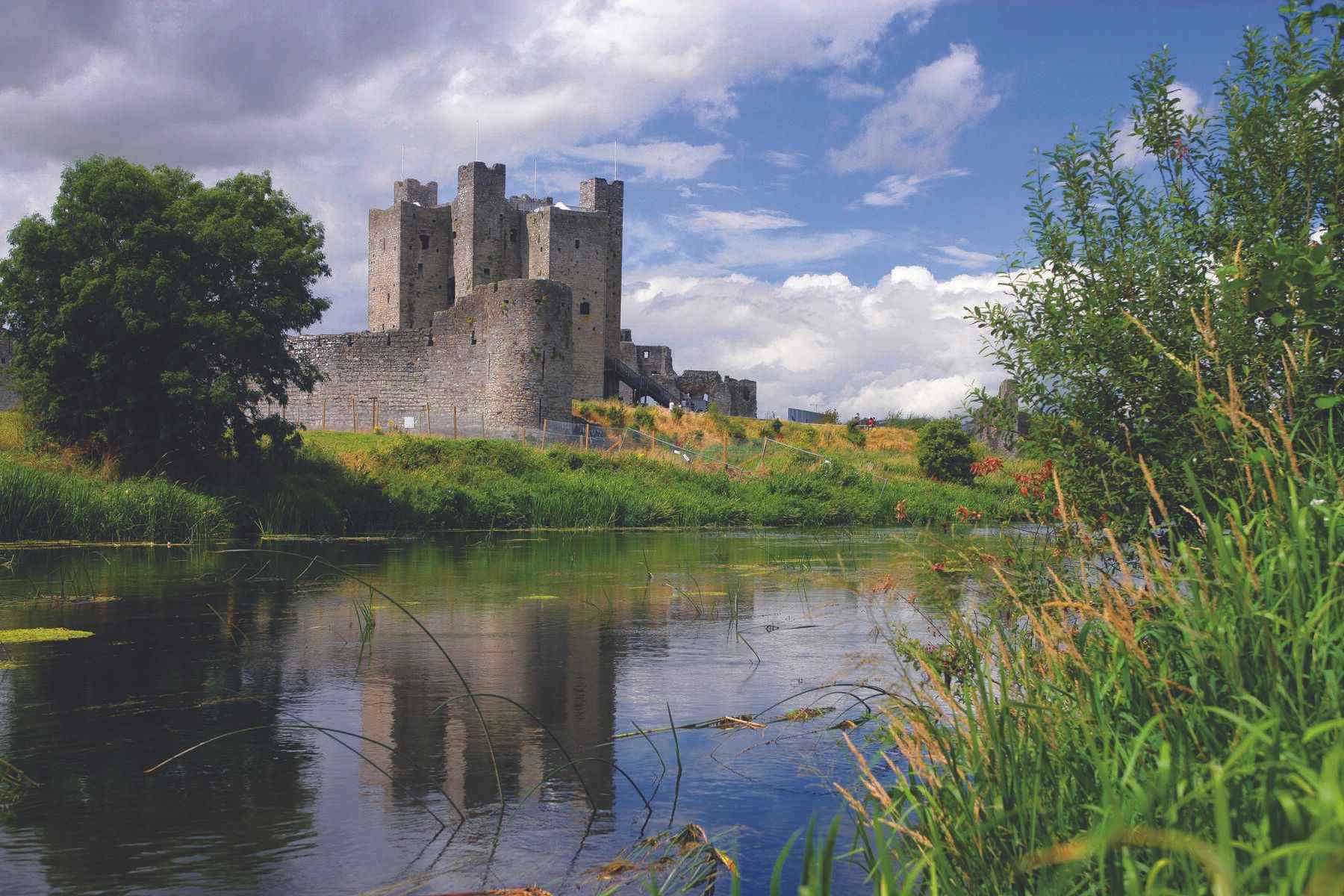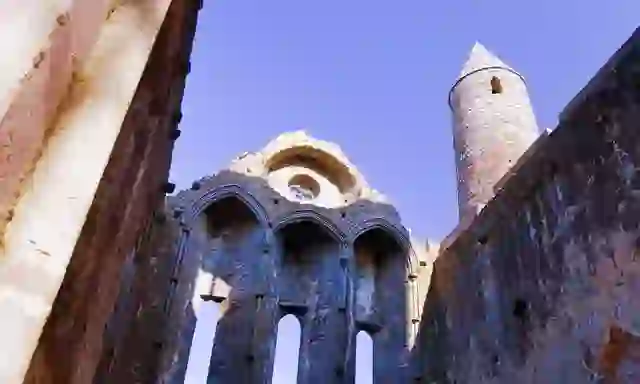

Cormac’s Chapel – The Rock’s Masterpiece
A group of 20 or so visitors are lightly crammed into the dark damp of Cormac’s Chapel at the Rock of Cashel in County Tipperary.
The guide’s hand directs all gazes to the gilded images running up the archways. Whirring de-humidifiers reinforce the atmosphere of fragility. Here in this chamber, experts are tenderly wrestling 800-year-old frescoes back from the hands of time. Gold-headed saints, hands layered over sapphire blue, and robes of blood red strain to be seen against hundreds of years of decay.
These brush-to-wall images are the earliest of their kind on the entire island.

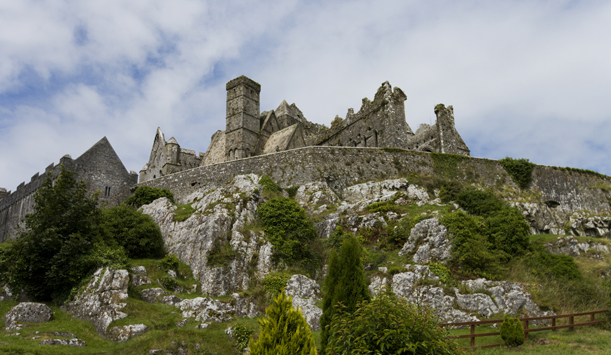
Optional Caption Text
The chapel came to being in the 12th century. Commissioned by the King of South Munster, Cormac Mac Cárthaigh, this sandstone church has earned pride of place in Ireland’s art history.
According to Tipperary artist Philip Ryan, the importance of the Cormac’s Chapel frescoes can’t be overstated:
“The visual arts in Ireland at this time were dominated by sculpture, architecture and crafts. The painted image was more or less confined to the illumination of manuscripts. Fresco painting is extremely rare in Ireland and the murals in Cormac's Chapel are an integral part of our art history.”
Masterful preservation
For Philip, should the tender care continue, even more of the art may expose itself:
“Da Vinci's Last Supper was in a similar state and was restored after nearly 500 years of neglect. It’s not fanciful to think the same could be done here in Cormac’s Chapel”.
While the frescoes may be gingerly making their way back, there’s more in Cormac’s Chapel to demand your attention.
“The true Romanesque splendour is in the detail of the exquisite doorway arches, the grand chancel arch and ribbed barrel vault,” according to Lonely Planet. “The chapel's interior is tantalisingly dark, but linger for a while and your eyes adjust.”
Nordic invaders
Lurking at the back of the room is a hint of Ireland’s Viking past. The vast sarcophagus is said to have housed the body of Cormac’s brother: Tadhg Cárthaigh. It’s thick, substantial and on its freeze is an elegant carving in the Scandinavian Urnes style.
The decoration shows two beasts, intertwined, and the scene is said to depict eternal life.
Eternal life on a sarcophagus and art reborn on the walls – in the dark damp of Cormac’s Chapel, there’s magic.
If you'd like to learn more about Irish history and heritage visit Irish Heritage Towns lots more information.







